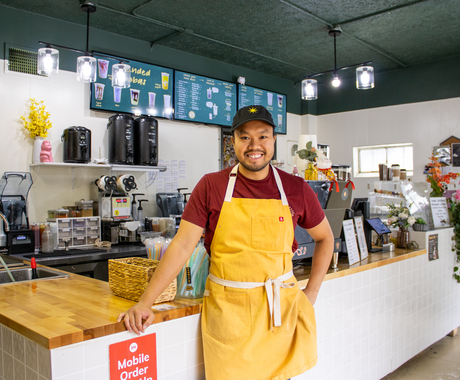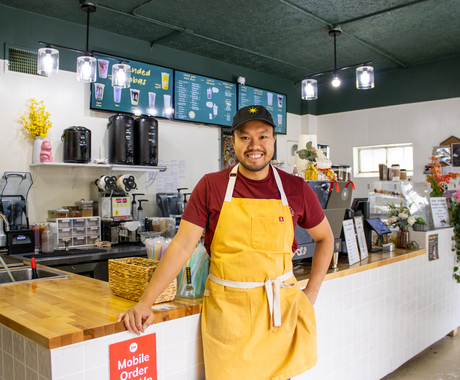By Molly Malone, former staff member
The bread and butter of rural communities are small businesses and the COVID-19 pandemic is presenting challenges that are out of their control.
There’s one tool that may be able to help—the Paycheck Protection Program (PPP), which was signed into law on March 27 as part of the Coronavirus Aid, Relief, and Economic Security (CARES) Act.
Small businesses with up to 500 employees, including sole proprietorships, who were in operation on Feb. 15 and negatively affected by COVID-19 may apply for the forgivable loans.
Business owners awarded the loan receive funds designated for eight weeks of payroll and other expenses. “Payroll” in this context can be almost any form of compensation including, but not limited to, commissions, bonuses, tips, etc.
The first round of PPP funding went quickly and a significant amount went to publicly-traded corporations who are far from small.
With a second round of funding approved by Congress, rural businesses need to stake out their share. Ensuring those businesses can pay their workers bolsters the economy as every dollar spent locally circulates as much as three-and-a-half times in the community, further multiplying the power of the stimulus.
PPP is ideal for small businesses already suited to working independent of public interaction or able to adjust to the new economic landscape and maintain their operations by working from home or shifting to contact-free operations.
One of the goals of the program is to maintain pre-COVID-19 workforce levels. With that in mind, as part of the application process, business owners will be asked for the average number of full-time employees from the time period you are using to calculate your payroll. Full-time employees are seen as a number, not by their name. If someone leaves and is replaced by a different person, the Small Business Administration (SBA) will see that as no change because the same number of employees are in place.
According to the Treasury Department, loans of up to $10 million “will be forgiven as long as the loan proceeds are: used to cover payroll costs, and most mortgage interest, rent, and utility costs over the 8-week period after the loan is made and employee and compensation levels are maintained.”
Funds are available on a first-come, first-served basis. So, applicants should get started now. Unlike other SBA applications, this is a simple two-page application with only half of one page needing to be filled out by the business owner. A local banker will also review your application.
Applicants should take these steps to apply for funding:
1. Review the program information here.
2. Open up the application. Note any questions you may have.
3. Next, find a bank where you can apply and contact the banker. If your business banks at a different location, you must still apply at one of the banks listed by the SBA. The bank will be able to provide guidance and up to date information on the status of the program. This is a forgivable loan, so you must apply through a bank, not the government.
4. Include documentation with your application. If you file a 940 or a 941 with your taxes, this is great supporting documentation, but not required. An end of year 2019 summary of expenses from QuickBooks or another accounting program works, too. Ultimately, whatever you use to calculate your loan amount, submit it to the bank and they will review and make necessary adjustments. Sole proprietors may use net profit up to $100,000 as their payroll (IRS 1040 Schedule C, line 31).
5. Guidance specific to farmers was recently released. Farmers who do not file a Schedule C may use a Schedule F. Details of this and other exceptions can be found here.
The Center for Rural Affairs has created a fact sheet with tips for success when applying for the PPP.
If your business is unlikely to maintain the same staffing levels through June 30, a SBA Disaster Loan, in combination with laying off staff so they get unemployment, may be a better option.
As we navigate this global pandemic, business owners must stay flexible as things are constantly changing. Do not hesitate to look into the PPP to see if this is a fit for your business.





